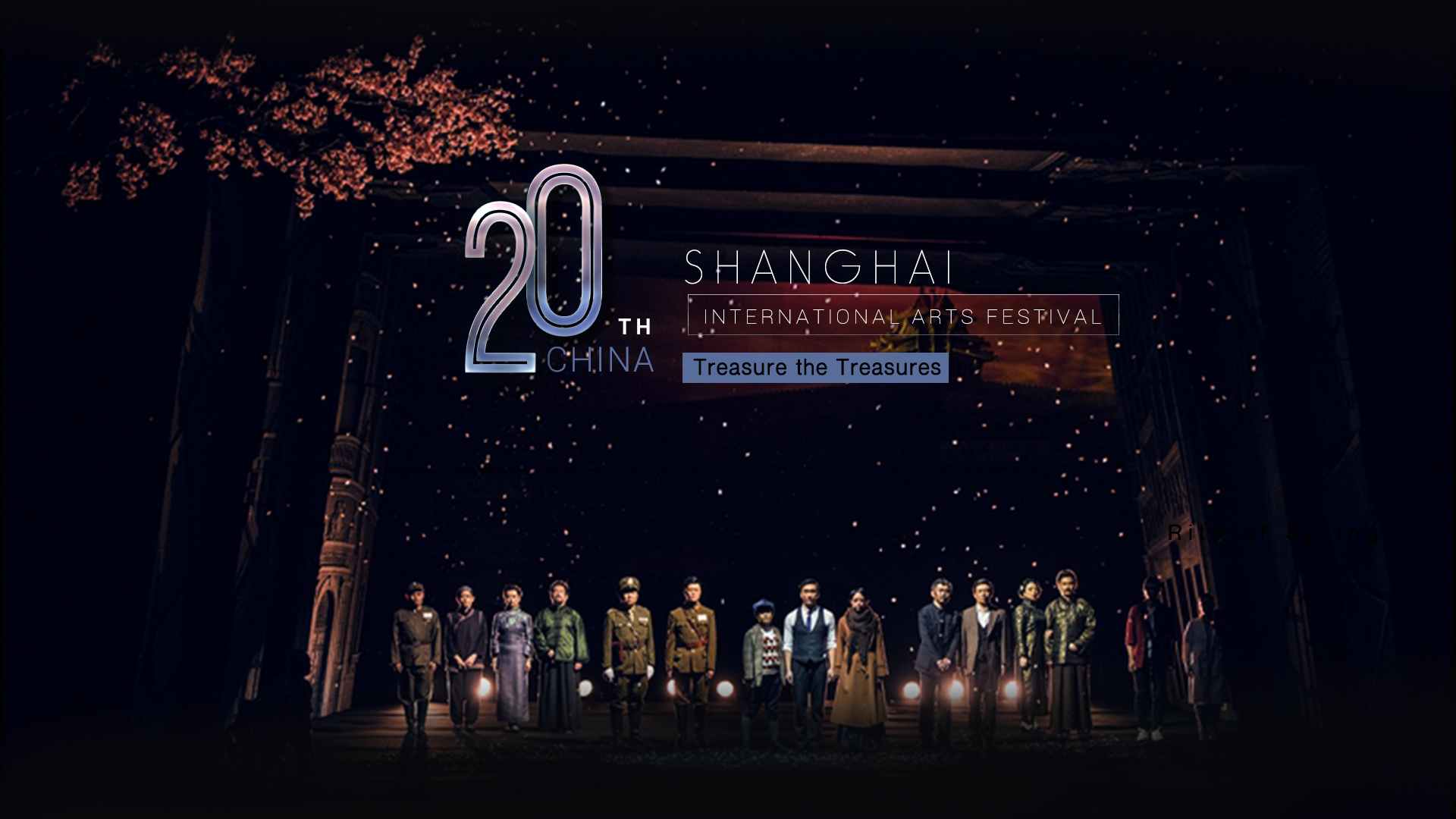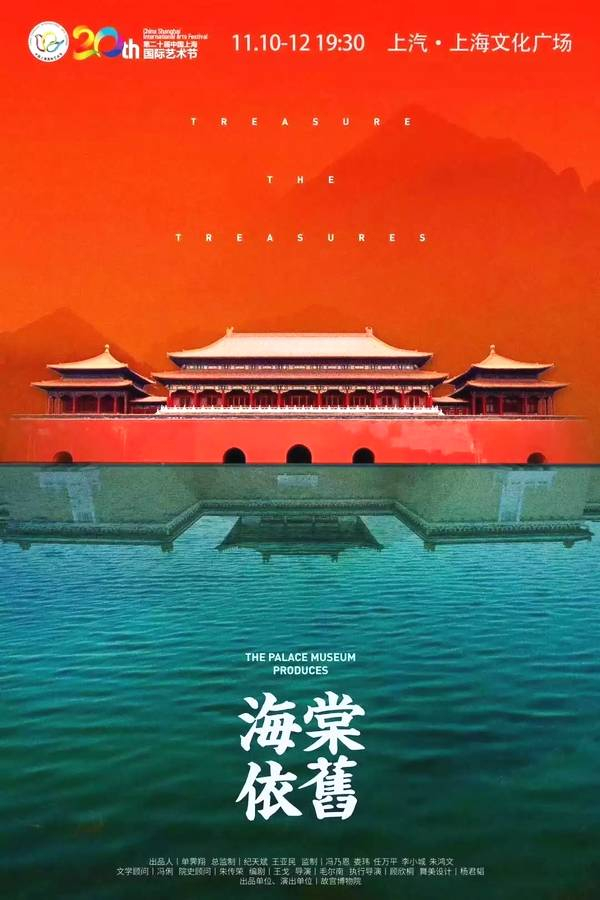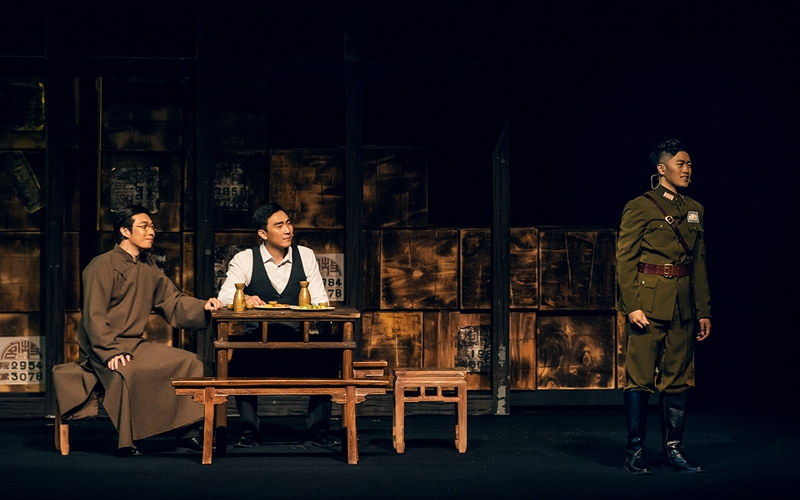
Drama
11:13, 11-Nov-2018
'Treasure the Treasures': Palace Museum invites people to recall the history
Updated
10:18, 14-Nov-2018
By Ye Qing

From November 10 to 12, the Palace Museum's original production of the historical drama "Treasure the Treasures" was staged in Shanghai Culture Square.
As one of the performances of the 20th China Shanghai International Art Festival (CSIAF), the play, which was compiled and performed by the Palace Museum staff themselves, tells the sacrifice and contribution made by the Palace Museum people to preserving and continuing the origin of Chinese culture.
A miracle in the history of world heritage conservation
As CNR's report on Friday, the drama takes the main role of Gu Zichen, a staff of the Palace Museum, like the plot, and takes the life course of protecting cultural relics for ten years as the clue, which runs through the family's ups and downs.
After the rigorous research, the drama reproduces the true and touching story that the Palace Museum relics' transfer from 1933 to 1949, which demonstrates unique feelings of staff of the Palace Museum and their sense of responsibility and mission incorporated in blood. Besides, the 17 performers of the play come from different departments of the Palace Museum, including cultural relic restoration, ancient construction, and renovation, cultural relic management, and publicity education, etc.
According to related data records, on January 1933, after the fall of Shanhaiguan, the situation in north China became desperate. The then national Palace Museum's council decided to send some of the treasures to Shanghai in batches, fearing they would be destroyed by enemies during the war.

A poster of "Treasure the Treasures." /CSIAF Photo
A poster of "Treasure the Treasures." /CSIAF Photo
Also, it is the first batch of cultural relics of the Forbidden City moved to south China, including Shanghai, Nanjing and Taipei in 1933. After 1949, cultural relics gradually returned to Beijing, but a large number of cultural relics are still entrusted to the custody of Nanjing Museum until now.
Over the past 20 years, the cultural relics have traveled tens of thousands of kilometers, moved to more than ten provinces. The great deeds of the ancestors of the Forbidden City created the memorable thing about the preservation of cultural heritage.
According to a feature by Sohu, the cultural relics were also faced with such dangers as heavy snow, overturned cars and shipwrecked on their way to the south. However, scientific research on cultural relics did not stop during this period, and even some exhibitions were held in Europe, such as Britain. In the whole process, the artifacts have not been damaged. In addition to the lucky element, the complete and strict protection of cultural relics, the ingenious science of encasing cultural relics, is also remarkable.

Stage photo of "Treasure the Treasures." /CSIAF Photo
Stage photo of "Treasure the Treasures." /CSIAF Photo
In today's view, the transfer of cultural relics may be a wise choice and the best choice, but when it be put into the historical space and time of Beijing in 1933, but encountered a turbulent wave of opposition.
Nothing but most people believed that as long as the cultural relics are there, the origin of Chinese culture will not be broken, and the cultural relics moving southward will eventually become the mainstream opinion of that time.
Calling from the south
"Shanghai was the first place to store ancient objects in 1933, a city thousands of miles away with more than 80 years of ties to the Forbidden City," said Wang Ge to CNR, deputy director of the exhibition department of the Palace Museum, and the scriptwriter of the play.
In the early 1930s, more than 10,000 boxes of cultural relics from the Palace Museum were shipped to Shanghai in five batches, Wang said.
It is worth mentioning that the performance was held in Shanghai Culture Square, which was not far from the then office of the Palace Museum in Shanghai.

The early history exhibition of the Palace Museum on October 8, 2015, shows the history of cultural relics moving southward and returning from 1933 to 1949. /VCG Photo
The early history exhibition of the Palace Museum on October 8, 2015, shows the history of cultural relics moving southward and returning from 1933 to 1949. /VCG Photo
"In the eyes of the Forbidden City, the coincidence is more like an invisible calling," Wang added.
In recent years, from special exhibitions of the Palace Museum to creative products and documentaries about the Palace Museum, the more than 600-year-old Palace Museum has made a surprise to the world.
Moreover, the historical play "Treasure the Treasures," written and performed by the people in the Forbidden City, pays homage to the predecessors who are dedicated to the protection of cultural relics with its unique story structure and the brilliant script.
The 20th China Shanghai International Arts Festival runs from October 19 to November 22.
(Top image made by Du Chenxin)

SITEMAP
Copyright © 2018 CGTN. Beijing ICP prepared NO.16065310-3
Copyright © 2018 CGTN. Beijing ICP prepared NO.16065310-3